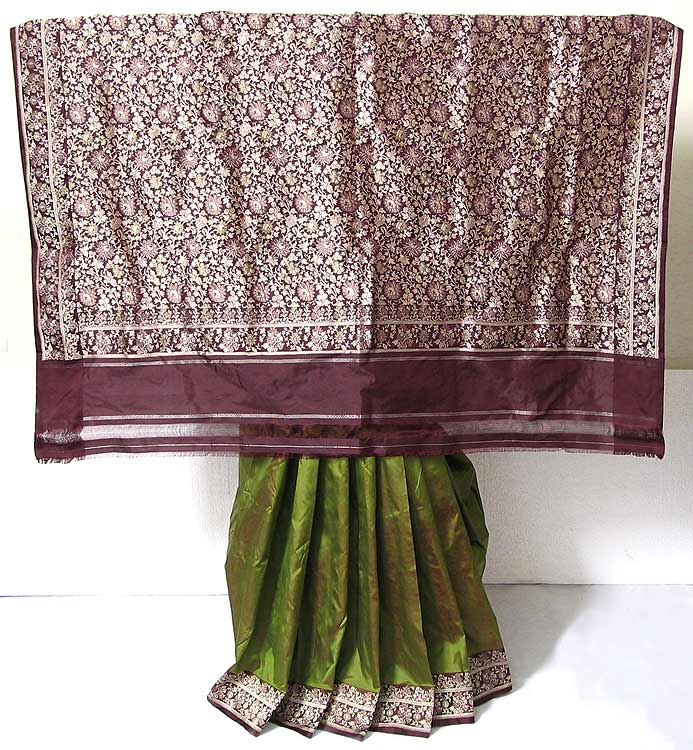Rooted to the soil
 For Imran Matin (32) and many other weavers in Varanasi, last month’s Eid was special.
For Imran Matin (32) and many other weavers in Varanasi, last month’s Eid was special.
Three days before the festival, the Banarasi saree was given a geographical indication (GI) certificate, meaning no saree or brocade made outside the six districts of Varanasi, Azamgarh, Chandauli, Jaunpur, Mirzapur and Sant Ravi Dass Nagar of Uttar Pradesh can be legally sold as a Banarasi saree.
The certificate is granted under norms of the World Trade Organisation to goods that have a specific geographical origin and have qualities or a reputation unique to that place.
This seeks to prevent others from deriving undue advantage of the reputation of the product by creating an imitation.
Thus, Darjeeling tea can be produced only in Darjeeling district in north West Bengal, feni (an alcoholic beverage) in Goa, etc. – just as scotch whisky can only be produced in Scotland.
Banarasi sarees and brocades are the latest to join the growing league of some of India’s distinctive farm products and exclusive traditional crafts protected under GI.
The development augurs well for hundreds of thousands of artisans and traditional craftsmen across the country, who had previously flourished under patronage from royalty and the state, but are now struggling face competition from modern industries and threats from cheap imitation.
“We have lost 75 per cent of our business at least in major centres like Mumbai, Kolkata and Delhi due to cheap polyester fabric coming from Surat in the guise of Banarasi silk,” said Abdul Matin, Imran’s father.
While genuine Banarasi silk costs more than Rs 2,400 per kg, the one from Surat, blended with cheaper polyester, is sold at Rs 200-300 per kg.
“This has resulted in the closure of several thousand handloom units in Varanasi and its neighbourhood,” Abdul Matin said.
In India, 109 products and crafts have been granted GI status to date by the Controller General of Patents, Design and Trademarks. These include Darjeeling tea, Lucknow chikan craft, Kashmir pashmina and Muga silk of Assam.
For agricultural products, climatic conditions play a role in making a commodity unique. However, protecting the uniqueness of a craft, however, is complicated because skills can be acquired.
For this reason, producer groups advocating common interests are important.
“Unlike other marks indicating the origin of goods, GI emerges from the locally stabilised cultural practices of producer groups. In this way, an association representing the producers is the owner of the GI,” said Dwijen Rangnekar of the University of Warwick, who has worked extensively on GI protection for feni.
Studies have shown that people are willing pay a higher price for products with GI certification.
A survey by the United Nations Conference on Trade and Development showed that consumers are willing to pay 10-15 per cent more for GI-certified agricultural products such as Darjeeling tea or Coorg green cardamom, said Abhijit Das, an economist at the UN body.
A government study has shown that Doria saree from Kota in Rajasthan – known for being light – benefited after gaining GI status in 2005.
“The income of weavers has increased by 40 per cent,” the study said. “The Master Weavers Union has raised the rate of wages three times in as many years.”